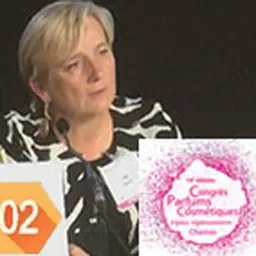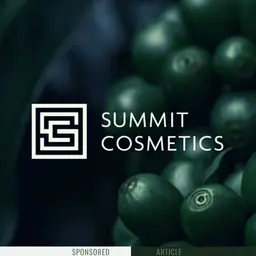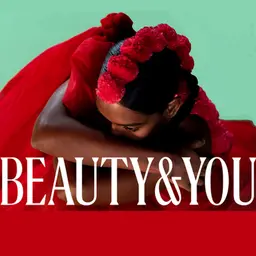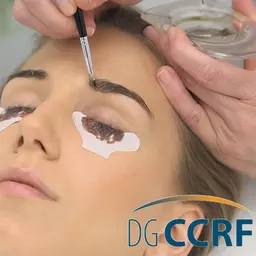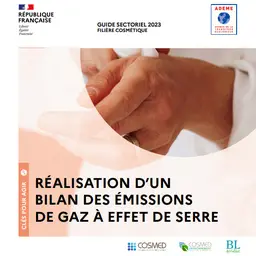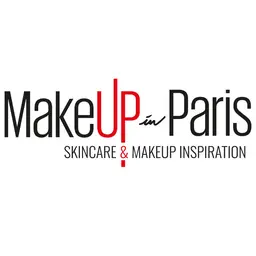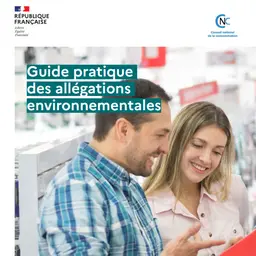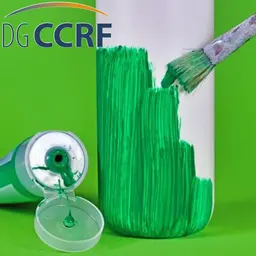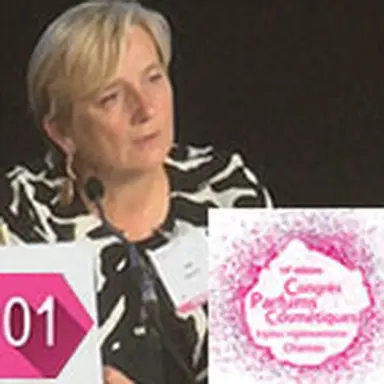
It is THE trend of the moment: personalized cosmetics are popular, but this category can cover different product types that must meet specific regulatory requirements. At the Chartres Congress held by the Cosmetic Valley on November 16-17, 2016, Anne Dux, Director of Scientific & Regulatory Affairs of the FEBEA (French Federation of Beauty Companies), gave some advice as to how to market personalized cosmetic products compliant with regulations.
The issue tackled by Anne Dux involves all the products characterized by the fact that they are intended for a particular individual.
They can be made by consumers themselves, whether at home or in professional premises, but they can also be products conditioned at a point of sale, or tailor-made industrial products.
Homemade products
Ingredients, sometimes a corresponding recipe, preparation instructions… It is easy to find the equipment to make any type of skincare products online. There are also kits with everything needed to make cosmetics, some of them presented as children’s toys.
Are they cosmetic products?
In this case, the person – no one knows if it is a consumer or manufacturer – buys cosmetic ingredients and follows a recipe.
The product obtained may be considered a cosmetic product as long as it has a cosmetic function.
What is the status of the kit?
The answer can be found in the ‘Borderline’ manual that deals with borderline products (
Manual on the scope of application of Cosmetics Regulation No 1223/2009 (art. 2(1)(A) – Version 1.0 (November 2013)
). In Point 3.5.4 on cosmetics kits, two cases are differentiated:
• Kits whose components must be mixed in accordance with clear …

